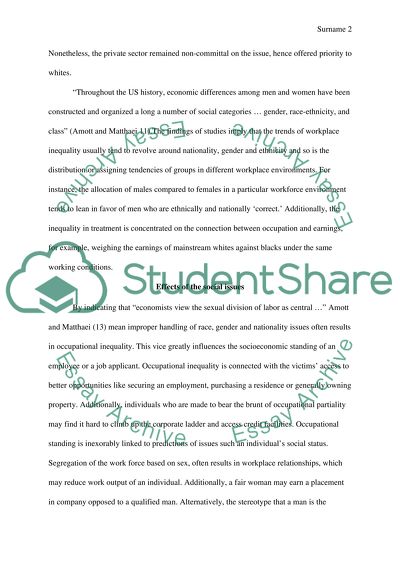Impact of Gender, Race and Nationality on Women Distribution at the Essay. Retrieved from https://studentshare.org/gender-sexual-studies/1442996-why-are-gender-race-and-nationality-important-to
Impact of Gender, Race and Nationality on Women Distribution at the Essay. https://studentshare.org/gender-sexual-studies/1442996-why-are-gender-race-and-nationality-important-to.


